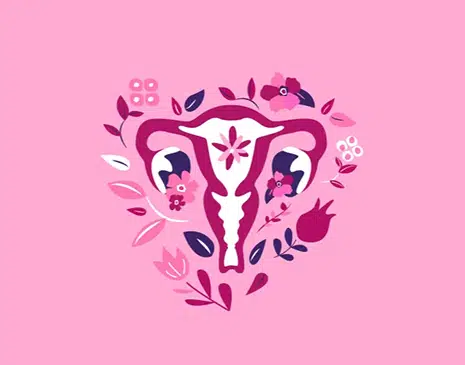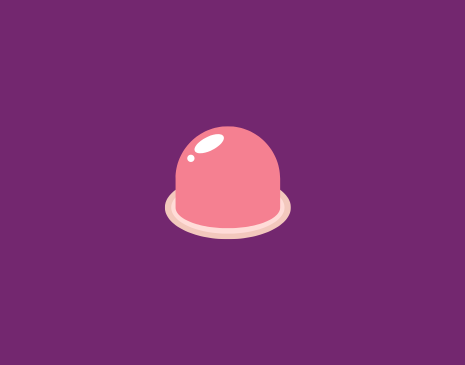Do you know your vagina from your vulva? Or your labia majora from your labia minora? Despite being raised through an era of sexual health that commonly referred to the entire female sexual anatomy as ‘the vagina’, that is not the case. The vagina is only one part of the complex system that is the female reproductive system. As an owner of one of these, it’s your duty to know the parts and functions of your reproductive system. Take it as a nod of respect for all the wonderful things the female body is capable of. Now, enough of the informational foreplay, let’s get into it.
What are the parts of the female reproductive system?
The female reproductive system includes the external genitals and internal reproductive organs.
What are the external parts of the female reproductive system?
The external body part commonly referred to as the ‘vagina’ is correctly called the vulva. It includes the mons veneris, labia majora, labia minora, vestibule, clitoris, urethral opening, and perineum. The vagina is an internal organ – more on that later.
Mons pubis
The mons pubis, or mons veneris, is the fleshy mound above the pubic bone. After puberty, the mons pubis area becomes covered in pubic hair. The job of the mons pubis is to cushion and protect the pubic bone during sexual intercourse.
Labia majora (outer lips)
Labia majora are the outer lips of the vulva, and the first thing you see when you glance down at your vulva area. Starting from the mons pubis, labia majora are two long folds of fatty tissue that cover and protect the delicate internal female genitalia. Externally, labia majora are pigmented and covered with hair. Internally, labia majora contain adipose tissue, oil glands, and sweat glands. When aroused, labia majora swell up and enlarge with blood.
Labia minora (inner lips)
Labia minora are the inner lips of the vulva, located between the labia majora and vestibule. Labia minora provide a second layer of protection for sensitive internal organs like the clitoris. They also secrete lubrication via oil glands when aroused to keep you comfortable during sexual intercourse. They’re smaller in size in comparison to labia majora, however it is normal for labia minora to be visible when they extend beyond the outer lips for some women.
Vestibule
The vestibule is the entire area between the labia minora. It contains the opening of the urethra, the vagina, and Bartholin’s glands. Consider the vestibule the gateway to the vagina.
Clitoris
At the top of the vulva where the two labia minora meet is where you’ll find the pea-sized clitoris, although size can vary. The clitoris is home to many nerve endings that are incredibly sensitive, especially when sexually stimulated.
Urethral opening
The urethral opening is located directly below the clitoris and above the vaginal opening. The urethra is a tube connected to the bladder, and the urethral opening is the body part that allows urine to exit the body.
Perineum
The perineum is the sensitive area between your vagina and the anus.
What are the internal parts of the female reproductive system?
The internal female sex organs include the vagina, uterus, fallopian tubes, ovaries, and cervix.
Vagina
The vagina, also called the birth canal, is an internal tube that connects the vulva to the cervix and uterus. The purpose of the vagina is to serve as a passageway for sperm, and a canal for childbirth and menstrual fluids.
Uterus
Located in the middle of the pelvic cavity, the uterus is a thick-walled, muscular sac that serves as a home for a foetus during pregnancy. If pregnancy doesn’t occur, the lining of the uterus thickens and sheds every 28 days in the bodily process known as menstruation.
Fallopian Tubes
Extending from the northern end of the uterus towards the ovaries, the fallopian tubes provide a passageway for ovary-released eggs to travel, develop, and potentially fertilise in the uterus.
Ovaries
The ovaries are two almond-shaped organs attached to either side of the fallopian tubes. The purpose of the ovaries is to produce eggs and the hormones, estrogen, and progesterone.
Cervix
Located at the lower end of the uterus, the cervix is a narrow, neck-like passage used for transporting menstrual fluids from the uterus to the vagina where they exit the body. During childbirth, the cervix will dilate to accommodate the baby’s delivery through the vagina.
This guide is designed to be informative and educational. It is not intended to provide specific medical advice or replace advice from your medical practitioner.













